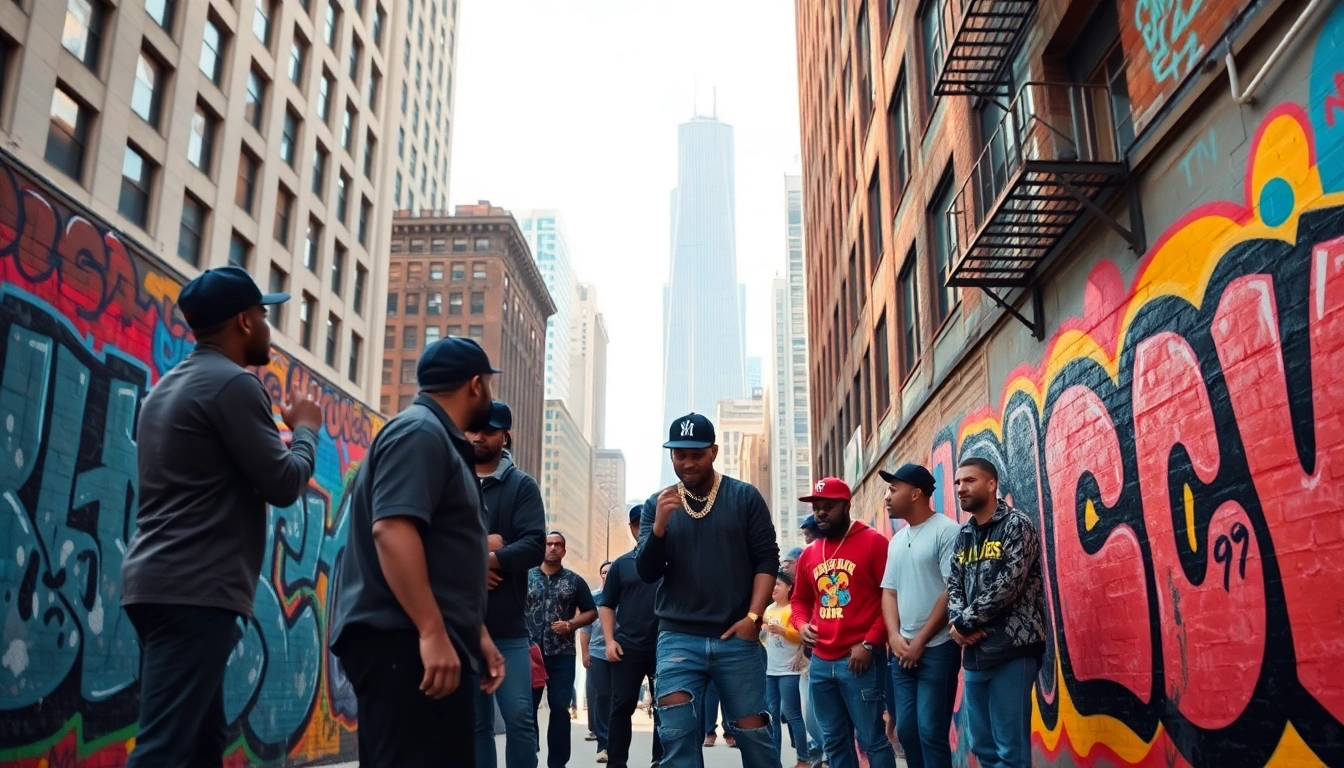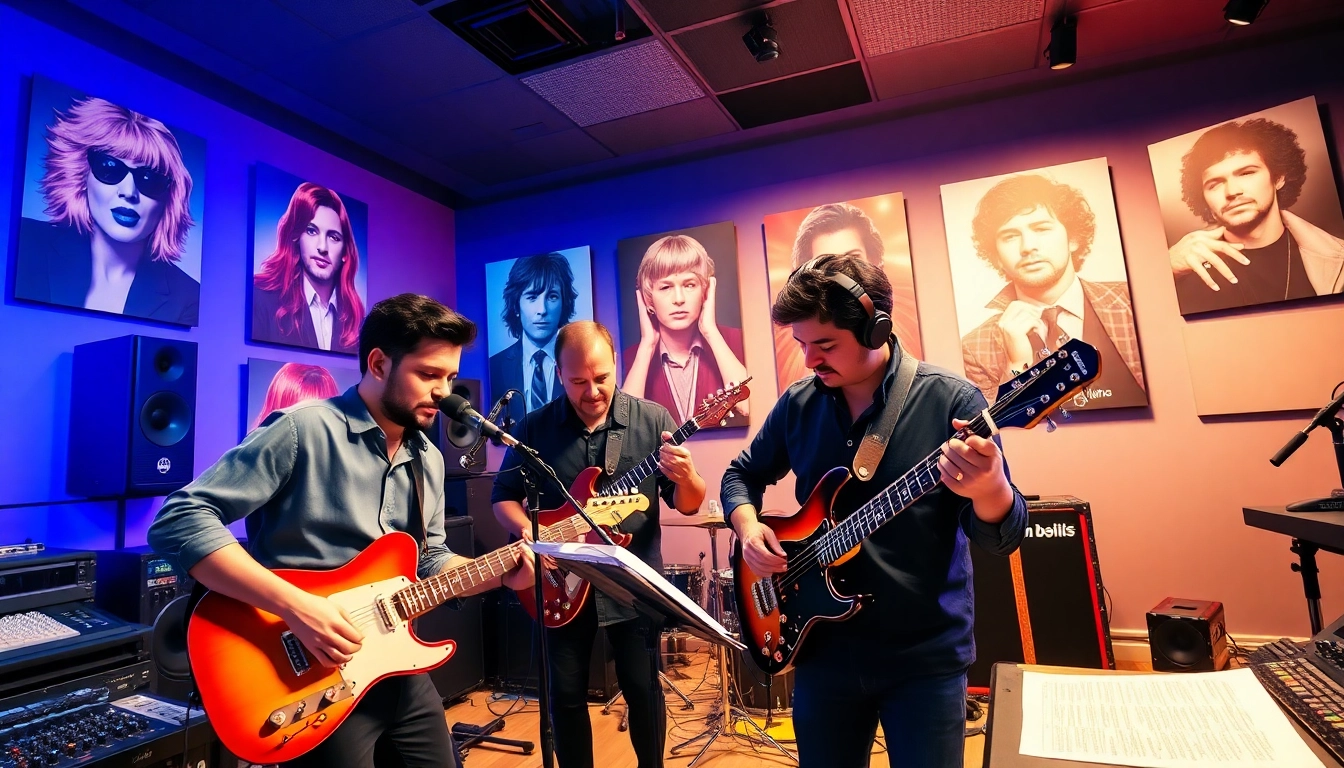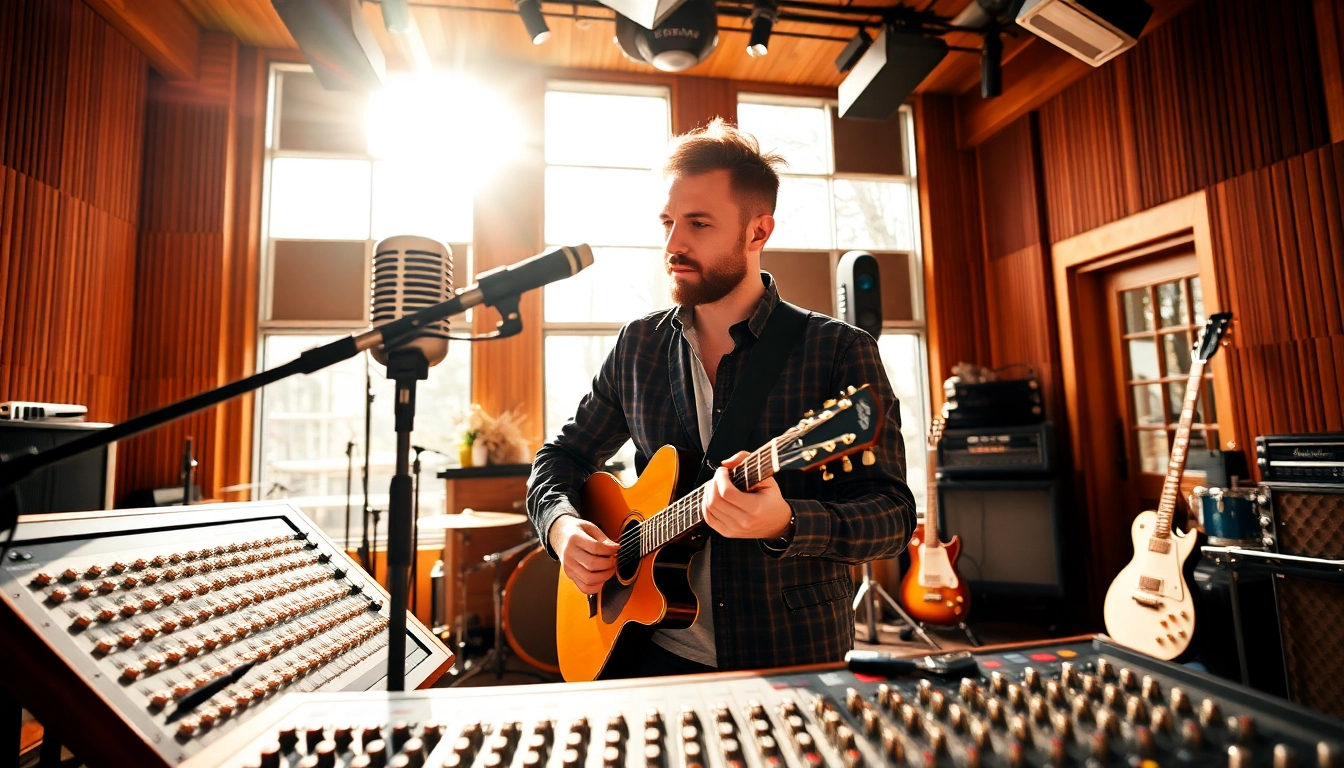When exploring the vibrant tapestry of hip-hop, the city of Chicago stands out as a crucial hub of innovation and creativity within the genre. The rap culture in Chicago reflects a rich and multifaceted heritage that continually evolves, adopting new sounds and styles while maintaining deep connections to its roots. From its early beginnings to the modern-day manifestations of the genre, Chicago’s rap scene showcases influential artists, transformative subgenres, and the profound impact of community and culture. This comprehensive article delves into the historical context of Chicago rap, examines the key subgenres within, highlights influential artists, discusses the cultural impact, and looks towards the future of this dynamic music scene.
The Historical Context of Rap Culture in Chicago
Understanding the Roots of Chicago Rap
The story of rap culture in Chicago begins in the late 1970s and early 1980s, amid the burgeoning hip-hop scene in the United States. As parties and block gatherings ignited a passion for music, DJs in Chicago adopted techniques from pioneers like Kool Herc, Grandmaster Flash, and Afrika Bambaataa. These parties laid the groundwork for a local rap scene that was unmistakably unique, blending influences from various genres, including funk, soul, and disco. The emergence of mixtapes began to amplify the underground scene, showcasing local talent and serving as a catalyst for future artists.
The Influence of the 80s and 90s on the Scene
The 1980s saw the establishment of notable figures such as Common (then known as Common Sense) and the pioneering group, The Speedknot Mobstaz. Common’s introspective lyrics and socially conscious themes laid the groundwork for Chicago’s storytelling style in rap. During this period, the culture began to grow, leading into the 1990s when artists like Twista and the groundbreaking group, Crucial Conflict, pushed the boundaries of speed and style within the genre. The impact of the 90s laid the foundation for what would become one of Chicago’s most identifiable elements — its lyrical complexity and the seamless fusion of storytelling and rhythm.
Artists Who Shaped Early Chicago Hip-Hop
As Chicago rap evolved through the 90s, a host of influential artists emerged who helped shape the landscape of the genre. Rhymefest, a prominent figure who later collaborated with Kanye West, became known for his unique style and compelling narratives. Similarly, artists like Lupe Fiasco rose to prominence, blending sharp social commentary with innovative sounds. These artists not only influenced the local scene but also garnered national attention, paving the way for future generations. The early days of Chicago rap established a legacy that champions authenticity and originality, critical components that still resonate within the city’s rap landscape today.
Key Subgenres within Chicago Rap
Exploring the Impact of Drill Music
One of the most significant subgenres to emerge from Chicago’s rap scene is drill music. Originating in the early 2010s, drill is characterized by its dark, gritty beats and raw, often violent lyrics reflecting the harsh realities of urban life. Artists like Chief Keef and Lil Durk became the face of this movement, introducing a sound and aesthetic that resonated with youth across the nation and internationally. Drill not only represents a musical evolution but also encapsulates the socio-economic challenges faced by many communities in Chicago, bringing to light the issues of violence, poverty, and survival through an unapologetic lens.
Chicago’s Unique Contributions to Trap and Boom Bap
In addition to drill, Chicago has made significant contributions to both the trap and boom bap subgenres. Artists such as Chance the Rapper have integrated Chicago’s storytelling capabilities with trap beats, resulting in a refreshing and innovative sound that appeals to a broad audience. On the other hand, the boom bap revival seen in the works of artists like Saba incorporates traditional hip-hop elements with modern intricacies. This fusion showcases Chicago’s versatility and underscores the city’s status as a breeding ground for diverse soundscapes.
How Genres Evolve and Inspire Local Artists
Genres within Chicago rap continue to evolve, with many artists blending styles and experimenting with new sounds. This evolutionary approach has fostered a culture of innovation, allowing local artists to draw inspiration from both their predecessors and contemporary influences. With the rise of platforms such as SoundCloud, many underground artists in Chicago are now more accessible than ever. This democratization of music production has led to an explosion of creativity, with artists carving their niche and redefining genre boundaries while maintaining ties to their local roots.
Influential Artists in Chicago’s Rap Scene
Notable Names and Their Contributions
Chicago’s rap scene is adorned with a plethora of notable artists, each contributing uniquely to its vibrant culture. The late Kanye West stands as a paradigm of creativity and innovation, fusing hip-hop with various music styles and pioneering the use of orchestration in rap. Similarly, artists like Common and Lupe Fiasco continue to influence the landscape with their lyrical prowess and commitment to socially conscious themes. These artists not only bring attention to the city but also shape discussions surrounding race, identity, and resilience within urban communities.
The Role of Female Artists in Chicago Rap
The contributions of female artists in Chicago’s rap scene are equally vital and deserve recognition. Rappers like Noname and Cupcakke have emerged as powerful voices, using their music to address issues such as gender equality, sexuality, and social justice. Their narratives not only enrich the local scene but also provide representation for women in a male-dominated genre. The evolution and prominence of female artists advocate for diversity and inclusion, paving the way for the next generation of women in hip-hop.
Emerging Talents Redefining the Genre
As the Chicago rap scene continues to thrive, emerging talents play an essential role in its evolution. Artists like Polo G, G Herbo, and Juice WRLD (may he rest in peace) have garnered significant attention on a national scale, characterized by their relatable lyrics and unique sound. These artists often draw from personal experiences, shaping the narrative of their music while resonating with youth experiences. Their influence showcases the dynamism of the Chicago scene and reinforces the idea that there is no one way to express rap in this city — diversity of sound and message is paramount.
Community and Cultural Impact
Rap Culture as a Reflection of Urban Life
At its core, rap culture serves as a reflection of urban life, encapsulating the struggles, triumphs, and daily realities of individuals within communities. In Chicago, this is particularly resonant, as many artists draw from their experiences and environment to create authentic narratives that listeners can connect with. The interplay between storytelling and personal experience allows the genre to serve not just as entertainment but also as a vehicle for social commentary that engages listeners in broader conversations surrounding systemic issues such as violence and socioeconomic disparities.
Community Initiatives Promoting Local Talent
The contribution of Chicago rap to the local culture is complemented by various community initiatives aimed at promoting artistic talent. Programs such as H.O.M.E., founded by Chance the Rapper, focus on developing young artists and providing them with resources to hone their skills. Organizations like the Chicago Hip Hop Heritage Museum work tirelessly to archive and celebrate the contributions of Chicago artists both past and present, ensuring that the cultural narrative continues to be preserved and embraced. These initiatives not only nurture talent but also encourage community engagement through music.
How Rap Influences Chicago’s Identity
Rap culture has irrevocably shaped Chicago’s identity, solidifying its position in the national and global hip-hop narrative. The city’s unique sound and dynamic artists have led to a distinct cultural movement that transcends music, influencing fashion, language, and lifestyle. The vibrant art scene, centered around hip-hop, fosters pride and resilience amongst residents, reflecting the city’s challenges, joys, and experiences. Chicago rap has become synonymous with the city itself, marking its streets and neighborhoods through song.
The Future of Rap Culture in Chicago
Trends Shaping the Next Generation of Artists
As we look ahead, the future of rap culture in Chicago is poised for significant transformation, driven by emerging trends and technological advancements. The rise of social media platforms allows aspiring artists to share their music more widely while connecting directly with their audiences. This shift in how music is consumed and disseminated is likely to result in a more diverse and inclusive landscape, where artists from varying backgrounds have their voices amplified.
The Role of Technology in Music Production
Technology also plays an instrumental role in shaping the future of Chicago rap. Advances in music production software and tools make it easier for artists to produce high-quality tracks from home, reducing barriers for entry into the industry. Moreover, collaborations across geographical boundaries are increasingly common, leading to rich exchanges of styles and ideas that reflect the global nature of hip-hop. This intersection of technology and creativity will undoubtedly continue to reshape the genre in Chicago.
Projected Growth and Opportunities for Chicago Rap
Looking to the future, the growth potential for Chicago rap remains robust. As new artists continue to gain recognition nationally and internationally, the city will maintain its status as a key player in the hip-hop genre. With community support and innovative initiatives, Chicago rap is set to evolve while remaining deeply rooted in its rich history and vibrant culture. With each passing year, the legacy of Chicago rap grows, capturing the hearts and minds of listeners both within and beyond its city limits.




